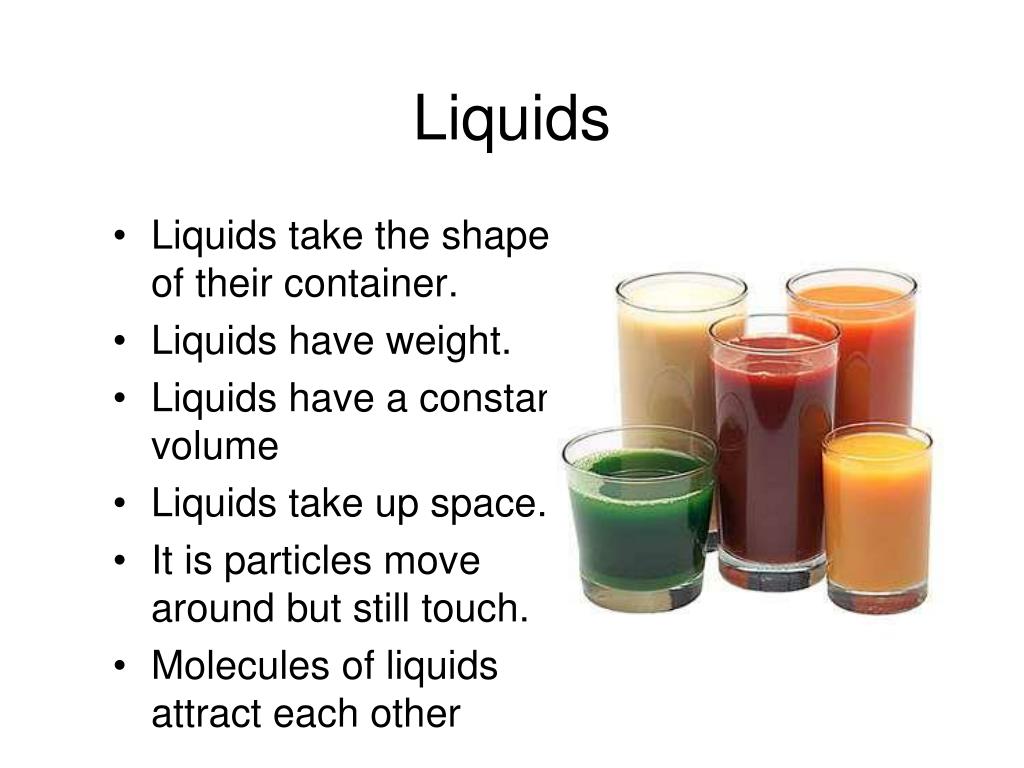

And yet, a matter-filled universe exists today. So where did all the antimatter go? The matter and antimatter should, in theory, have canceled out, producing a sea of light with no matter remaining. However, studies show the earlier universe produced equal amounts of matter and antimatter. Antimatter particles are produced by some kinds of radioactive decay and they are created artificially in particle accelerators. Antimatter exists in very small quantities in our universe today. When a matter particle and its antimatter opposite collide, they “annihilate” in a burst of pure energy. The antimatter counterpart of an electron is a positron, a positively charged particle with the same minuscule mass (about 1,800 times smaller than a proton). Every kind of matter particle has a corresponding kind of antimatter particle with the same mass but opposite charge. An ongoing mystery for scientists concerns antimatter. Plasmas make up the sun and stars, and may be the most common state of matter in the universe. A plasma forms when a gas is heated so much that electrons escape from atoms and move around freely. There are other states of matter that do not occur frequently on Earth because they only happen with temperatures and pressures so extreme they rarely happen on this planet. Add enough energy to liquid water and the molecules can escape as water vapor. This is because with more energy, the water molecules move faster and more freely.

If you add enough heat to an ice cube, it will melt. Vaporization As liquid water is heated, its temperature rises until it. Water changes state when the temperature or pressure around it changes in the right way. Matter changes between the liquid and gas states through vaporization and condensation. Gases, such as water vapor, will expand to fill whatever container they are put into, regardless of volume. When this water evaporates and becomes a gas (water vapor), the molecules move around quickly and randomly. (Point to the solid block on chart.) The. Liquid water will spread out to fit whatever container it is put in, limited by the amount, or volume, of water. Everybody, what are the three phases of matter (Signal.) Solid, liquid, gas. When ice melts and becomes liquid, the water molecules move freely, though they still interact with one another. Ice keeps its shape no matter what container it is put in. When water is in the solid state-ice-its atoms stick together rigidly and only vibrate. However, the different states of water do have distinct physical properties. In each of these states, the water molecules are identical-water’s chemical properties do not change. For example, water exists on Earth in three states: solid, liquid, and gas. Matter can exist in different states, or phases. However, it does carry energy, which can be transfered between atoms. Light, which is made up of particles called photons, is not considered matter because it has no mass. All of these particles are forms of matter because they have mass and occupy space. Protons and neutrons, however, are made up of smaller particles called quarks.

Electrons, which orbit an atom’s nucleus, are considered fundamental particles because they cannot be broken down further. Atoms themselves are made up of even smaller bits of matter: protons, neutrons, and electrons. The most familiar forms of matter- elements and compounds-are made of up tiny particles called atoms. According to the Big Bang theory, at the beginning of the universe, all matter erupted from a singularity, a hot, dense speck of matter. Earth, and everything on it, is made of matter, so are all the stars and planets in the universe. Prediction.Matter is any substance that has mass and takes up space. Of theoretical results is focused, chiefly, on 3D and quasi-2D QDs withĮmbedded vorticity, as the possibility to stabilize such states is a remarkable Self-repulsion in each component, and in single-component condensates of atomsĬarrying permanent magnetic moments, are presented in some detail. Reported experimental results, which exhibit stable 3D and quasi-2D QDs inīinary BECs, with the inter-component attraction slightly exceeding the MF Presented, taking special care of the dimension crossover, 2D -> 3D. Selffirepulsion induced by quantum fluctuations around the mean-field (MF) Robust two- and three-dimensional (2D and 3D) self-trapped states inīose-Einstein condensates (BECs), which are stabilized by effective Which predict and establish the existence of quantum droplets (QDs), i.e.,
#Liquid matter pdf#
Download a PDF of the paper titled A new form of liquid matter: quantum droplets, by Zhihuan Luo and 4 other authors Download PDF Abstract: This brief review summarizes recent theoretical and experimental results


 0 kommentar(er)
0 kommentar(er)
